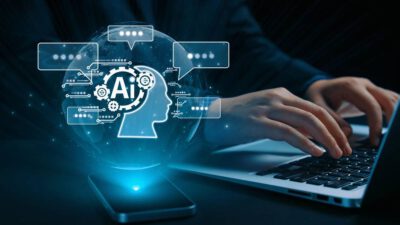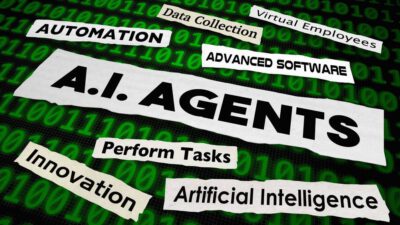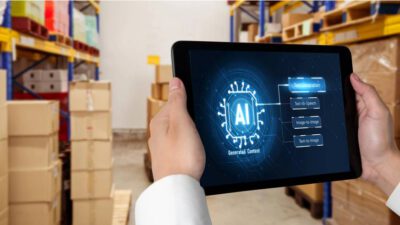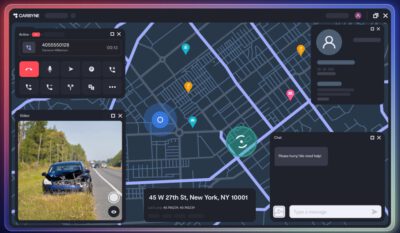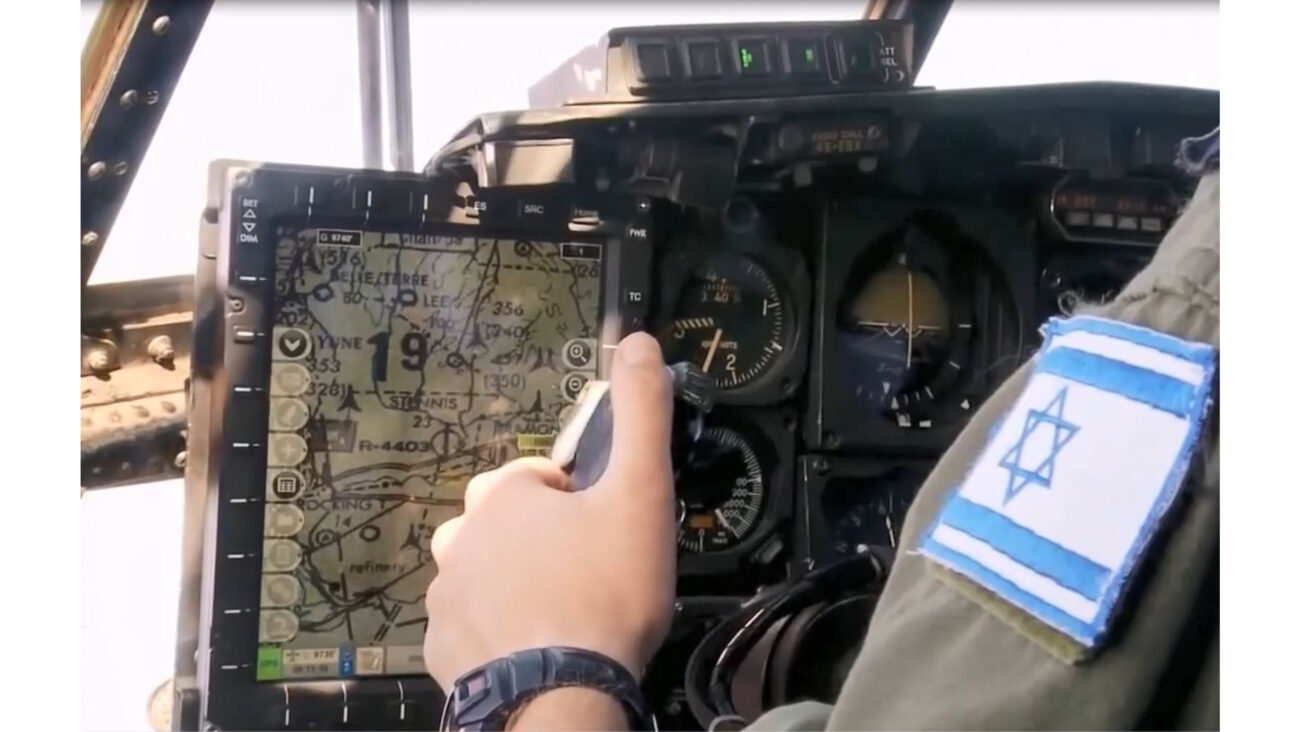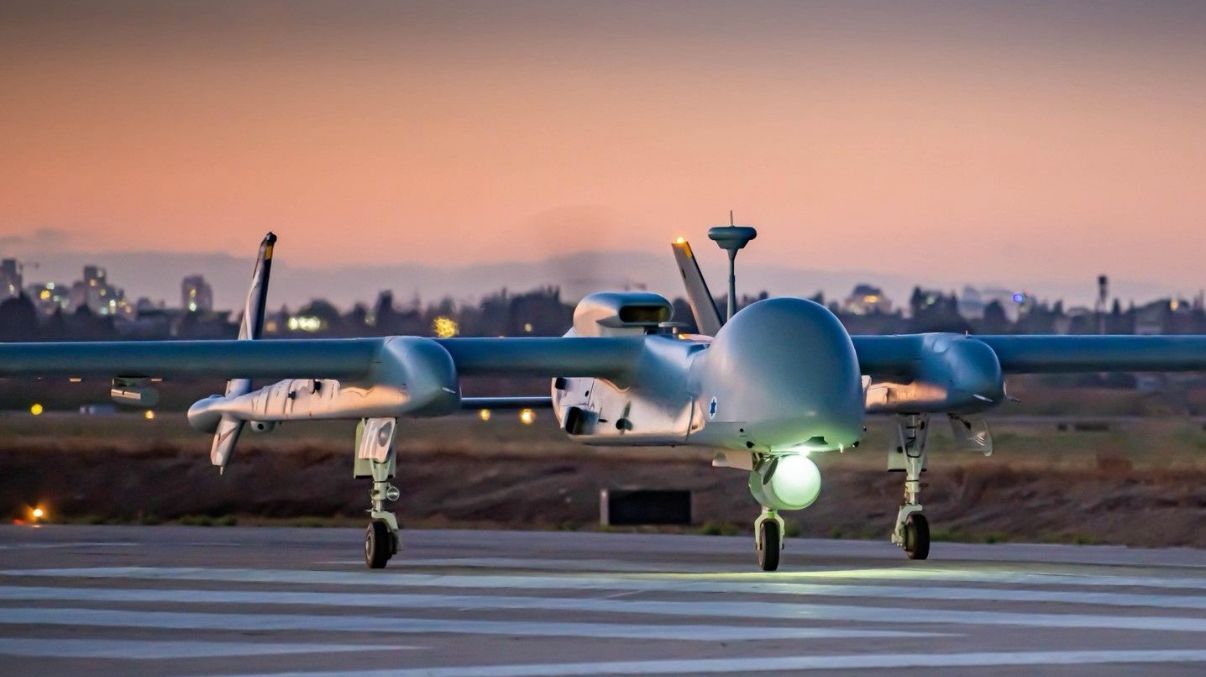Artificial Intelligence in Defense & Homeland Security
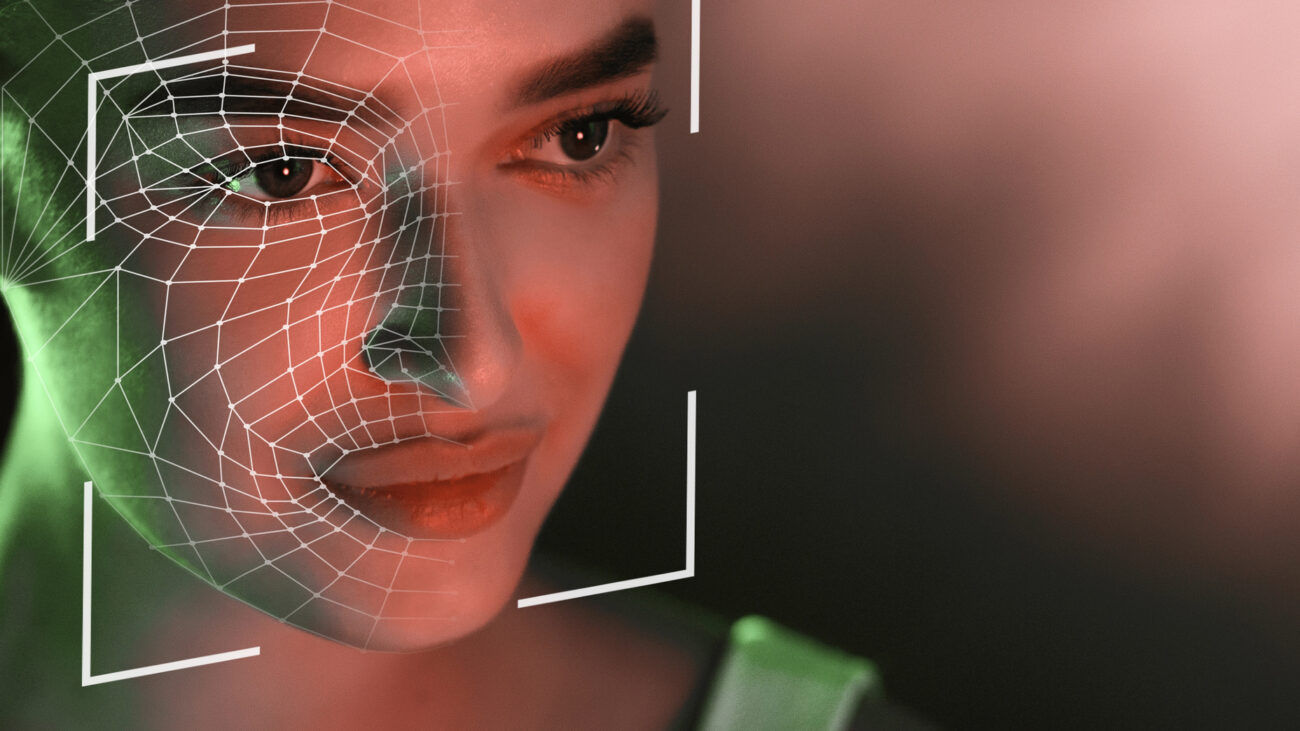
-
How is artificial intelligence changing the way militaries and security organizations analyze intelligence?
Artificial intelligence enables the processing of enormous amounts of data at a pace far beyond human capacity. AI systems can detect patterns, integrate data from multiple sources – from satellite imagery to intercepted communications – and generate real-time insights. The result is a dramatic reduction in response time and the ability to identify threats or opportunities on the battlefield before they fully materialize.
-
What is AI’s contribution to logistics, maintenance, and command-and-control?
Beyond the intelligence domain, AI significantly impacts military logistics systems: managing inventories, predictive maintenance for vehicles and weapons systems, and optimizing supply chains. In command-and-control, algorithms consolidate situational awareness from diverse sources, present relevant information to commanders in real time, and enable more effective coordination across different units.
-
What are the advantages and the risks of using AI on the battlefield?
The main advantage of AI is speed: algorithms can offer near-instant solutions to complex scenarios. However, this speed also carries risks – computational errors, incomplete data, or decisions made on the basis of algorithms that are only partially transparent to human operators. The core dilemma is how much trust can be placed in a machine when human lives are at stake.
-
What are the key ethical issues surrounding the integration of AI into weapons systems and autonomous platforms?
The central ethical question is the legitimacy of deploying lethal force without human involvement. Should an algorithm be authorized to make a firing decision? Should distinctions be drawn between “semi-autonomous” weapons, in which a human provides final approval, and systems that operate fully independently? These issues are at the heart of an ongoing international debate involving human rights organizations, military forums, and academic institutions.
-
How is human control maintained in situations where the algorithm operates faster than humans can respond?
Advanced systems include mechanisms designed to ensure “meaningful human control” – a principle that is becoming a global standard. These mechanisms include the integration of immediate “kill switches,” requirements for human approval at critical stages, and user interfaces that make machine decision-making processes more transparent. Still, as technology advances, the gap between algorithmic speed and human decision-making continues to widen.
Photos: Depositphotos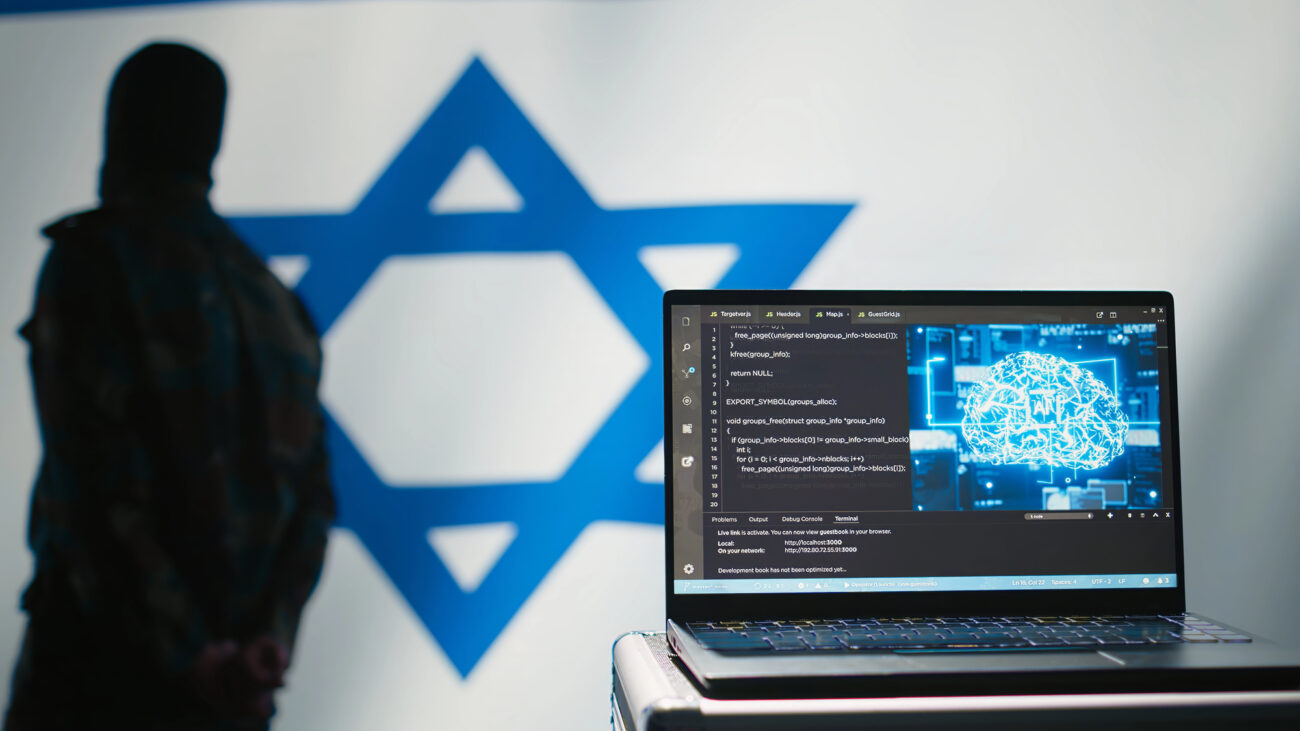
-
What role does Israel play in this arena, and which fields are most prominent in the IDF’s integration of AI?
The IDF incorporates AI-based systems in various fields – from managing visual intelligence to smart logistics platforms. In Israel, algorithms are being developed for aerial and satellite image analysis, systems that predict failures in critical equipment, and command-and-control tools that integrate real-time data across different military branches.
-
How do Israeli startups translate civilian AI expertise into defense and HLS applications?
Much of the innovation originates in the civilian sector – image processing for autonomous vehicles, smart healthcare systems, fintech, and more. Israeli startups are adept at “operationalizing” these technologies: converting urban video analytics tools into border-monitoring systems, or adapting business forecasting platforms to identify patterns of terrorist activity.
-
In what ways is AI integrated into the protection of national infrastructure and homeland security?
AI is becoming a key factor in safeguarding civilian assets critical to national security. AI systems enable real-time monitoring of critical infrastructure – power plants, water and gas facilities, airports, and seaports – and can detect abnormal patterns or potential threats before they materialize. In homeland security, algorithms are being trained to analyze crowd movements in urban spaces, detect behavioral anomalies, and be alert to potential emergencies. In addition, AI-based technologies support emergency management – from directing rescue forces to optimizing urban traffic during population evacuations. This integration demonstrates how AI is no longer confined to the battlefield but has become an integral part of homeland defense.
-
Where is this field heading over the next decade, and which trends are likely to shape the battlefield and homeland security?
In the coming decade, we will see deeper integration between AI and autonomous systems – drones, ground vehicles, and maritime platforms. At the same time, the capacity for real-time data processing will expand, influencing law enforcement, emergency response, and infrastructure protection. The battlefield will become smarter but also more complex, raising new questions about human control, regulation, and ethics.
-
How is AI reshaping the global balance of power between states and organizations?
AI is increasingly viewed as a new “equalizer.” Countries that may lack significant numerical or economic advantages can leverage AI to markedly enhance their defense capabilities. It is changing the balance of power not only between states but also between states and non-state actors. Competition for leadership in AI has become an integral component of 21st-century geopolitics.
This content might interest you as well
More Categories
Related Posts
For more than fifty years, Astronautics (Israel) has developed and produced avionics systems such as advanced cockpit displays (glass cockpit),
Israel’s defense-tech revolution is not happening in a vacuum. At the heart of it stands MAFAT (the Israel Ministry of
By: Anat Messing David Ben-Gurion viewed the defense industry as one of the means to close the numerical gap between
Founded in 2005, IntuView is an Israeli technology company which specializes in extracting of meaning from texts, using patented algorithms

